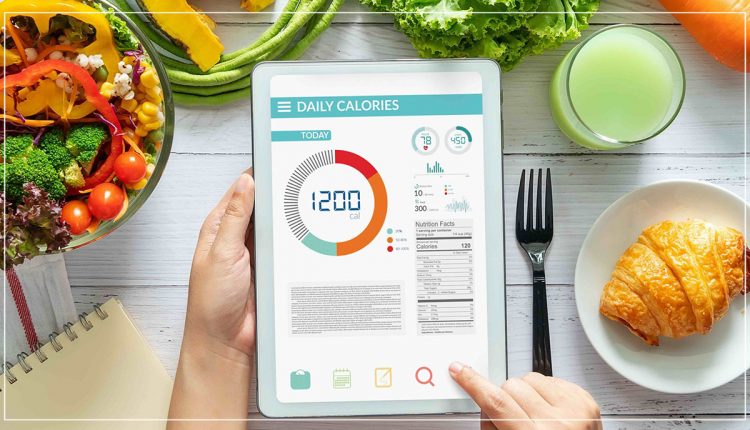
Do you know how to calculate Nutrient density
Did you know that you can determine which foods to eat based on their nutrient densities? That’s right, it’s not just calories and carbohydrates that can be used to ascertain which food items make it to your shopping list and which ones are pushed aside. Let’s find out what the term ‘Nutrient density’ really means, and why it is important.
What is Nutrient Density?
Nutrient density refers to how many nutrients you can obtain from food, given the number of calories it contains. Similar to way energy density focuses on calories per serving, nutrient density is a simple way to forge a link between nutrient content and calorie count.
Foods that are nutritionally dense provide the most nutrients for the fewest number of calories. That’s exactly why picking out foods with high nutrient densities are vital for healthy dietary habits.
So why is the nutrient density method so helpful? It tells you just how many valuable nutrients are present in the food that you are consuming (such as vitamins, minerals, fiber, essential fatty acids and other nutritional compounds are required in a nutritious eating plan). These essential nutrients are important for the smooth functioning of our immune system, natural detoxification processes and cellular repair mechanisms, which protect us from diseases and bacteria.
Calculating Nutrient Density
Here’s what you have to do to calculate the nutrient density. We have used the example of an egg to make it easier to understand:
- Take the amount of nutrient per 100 grams and divide it by the recommended daily allowance for that nutrient based on your gender and age. For example, eggs contain 12.4 grams of protein. The recommended daily allowance of protein for a male adult is 63 grams of protein. If you divide 12.4 by 63, you’ll get 0.1968.
- Next, take the number of calories per 100 gram of the egg and divide it by the recommended daily caloric intake depending on your age, gender and/or your target caloric intake if you are on a weight loss program. The egg has 141 calories per 100 gram, and the recommended daily caloric intake of an adult male is 2,900. If you divide 141 by 2,900, you’ll get 0.0486.
- Finally, divide the number you got for each calculation. So you will divide 0.1968 by 0.0486 and you will get a number of 4. Generally speaking, if that number is between 2 and 6, the food is considered a good nutrient source.
Just to make the process a little clearer, we’re going to present a nutrient density example for a slice of bread:
Suppose you have a slice of white bread and a slice of whole wheat bread (brown bread). Now, for a reason unknown, you determine that you are low in vitamin E. We won’t get into the specific calculations, but we’ll provide you with the solution i.e. which is superior in terms of vitamin E content. A slice of one large white bread will give you 100 micrograms of vitamin E for 80 calories. Conversely, you will get between 250-500 micrograms of vitamin E for fewer calories in brown bread (70-75 calories).
So to get your daily recommended level of vitamin E, you will need to eat 2 ½ – 5 slices of white bread compared to one slice of brown bread. Moreover, if you choose to eat more white bread to get more vitamin E, you will end up with a high calorie count intake.
So Which Foods Should I Eat?
If you are watching your weight, try to include greater quantities of foods that have a high nutrient density. These foods include the following, in order of highest density to lowest density:
- Raw leafy green vegetables
- Solid green vegetables
- Non green/non starchy vegetables
- Beans/legumes
- Fresh fruits
- Starchy vegetables
- Whole grains
- Fish
- Fat-free dairy
- Wild meats
- Eggs
- Red meat (beef)
- Full-fat dairy
- Cheese
- Refined grains
- Refined oils
- Refined sweets
Notice how vegetables are at the top of the list. These natural foods contain the highest quantities of nutrients for the lowest calorie count per serving. Also, notice the foods at the bottom of the list. Those foods contain the lowest nutrient scores with the highest calorie counts. To obtain nutrition facts of specific foods or brands, go to Food Database-Calorie King
Taking A Step Towards Healthy Living
Determining the nutrient density of the foods that you consume regularly is the best way to determine which foods should be consumed and which ones should be avoided. This is the cornerstone of a healthy living. Taking out the time to figure out your nutrient density goals will be extremely beneficial for your weight loss agenda and dietary habits.
